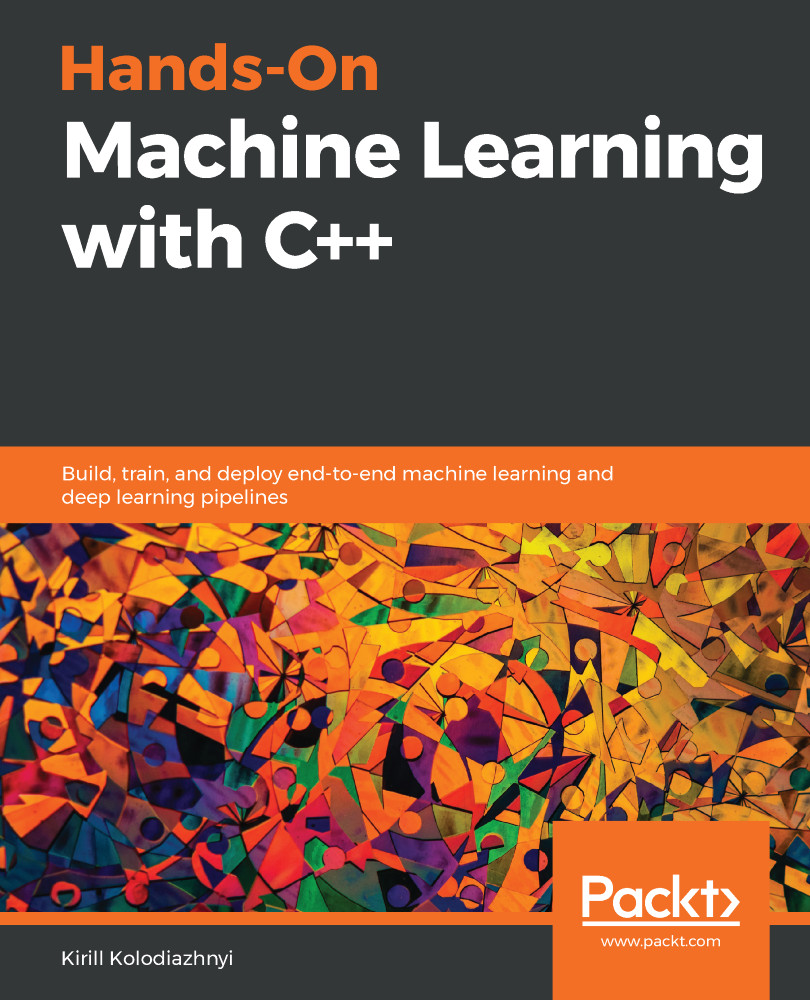In this chapter, we considered what clustering is and how it differs from classification. We saw different types of clustering methods, such as the partition-based, the spectral, the hierarchical, the density-based, and the model-based methods. Also, we observed that partition-based methods could be divided into more categories, such as the distance-based methods and the ones based on graph theory. We used implementations of these algorithms, including the k-means algorithm (the distance-based method), the GMM algorithm (the model-based method), the Newman modularity-based algorithm, and the Chinese Whispers algorithm for graph clustering. We also saw how to use the hierarchical and spectral clustering algorithm implementations in programs. We saw that the crucial issues for successful clustering are as follows:
- The choice of the distance measure function
- The initialization...












































































